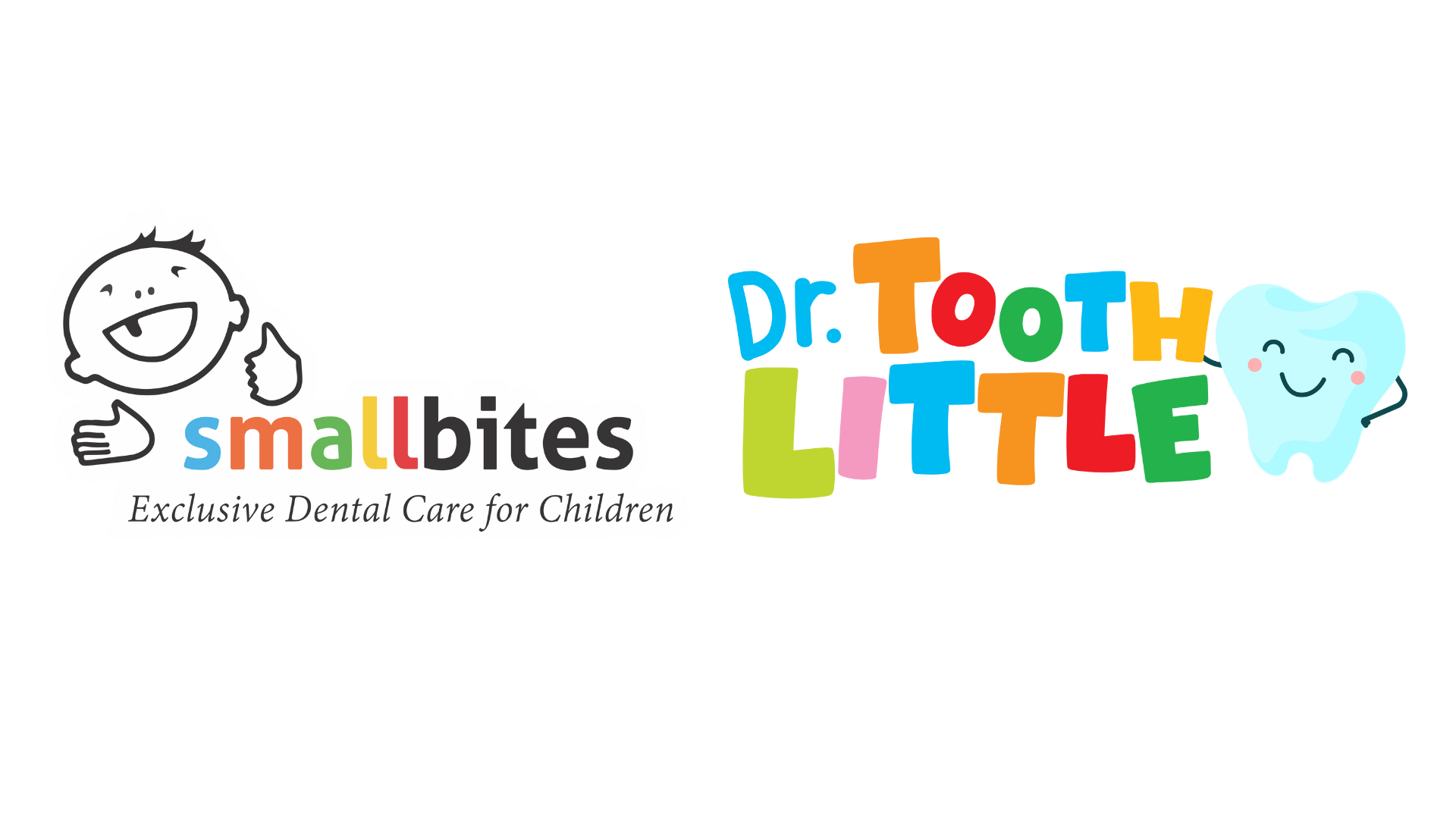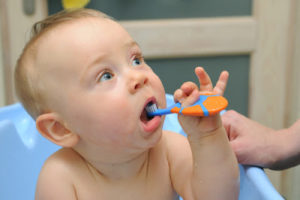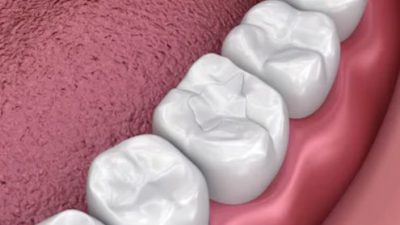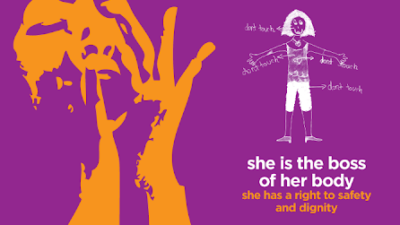Most of us love the first glimpse of baby teeth when they appear. That’s when the toothless smile, gets brighter and better.
Although accompanied by irritation, grinding, crying and sometimes fever, baby teeth when start to appear are a milestone that all of us look forward to.
As parents we often know what to do when it comes to baby’s teeth, what paste to use, how to brush, etc. However, it can be possible to miss some things, and before we know, something might have been overlooked, causing a little black spot to appear on your child’s teeth that doesn’t seem to be going away.
These 5 tips, are therefore compiled to give you a reference guide on what is important to keep track of, what are the absolute must-do’s to ensure that your oversight or negligence doesn’t cause harm to your child’s teeth and often avoidable procedures at the hands of the pediatric dentist.
1. Begin even before baby teeth erupt
Even though baby teeth may not have appeared, your baby is drinking milk, and this leaves residues which should not be allowed to remain on the teeth or in the mouth.
Wiping the gums after every feed, with a soft, wet washcloth or gauze wrapped around your finger, or thimble-like rubber finger glove, will remove the excess food stuck on the teeth.
2. Care for them immediately when they appear
Once teeth erupt, take care of them immediately. Many parents think baby teeth are unimportant, since they will drop off eventually. However, these first teeth actually create the space for permanent teeth to grow and also help babies chew food and learn to articulate or talk. If left uncared for, they decay, causing gum infection or gingivitis, and mess up the space between teeth.
3. Avoid Cavities
Cavities in baby’s teeth show up as discoloration or yellowing and pitting or dents in the teeth. Often, putting baby to bed with a milk bottle in the mouth is the main cause of this.
Leaving an infant with a milk bottle in the mouth for long periods causes food collection and must be avoided. Comfort feeding or bottle chewing should also be stopped.
4. Finish meals with water, either drink or gargling
Since infants usually eat pureed food or drink milk, this can be washed off with a few sips of water. However, a good soft bristled toothbrush must be used as soon as possible so that the baby can get used to using it and it becomes a habit. A good brush will only be handy when the baby starts feeding on solids at or around 18 months. Sticky or sugary foods must be cleaned immediately with a soft brush or cloth in small babies and not left overnight.
5. Toothpaste must be used at 2 years of age
A drop sized amount of non-fluoride toothpaste must be used when toddlers begin eating semi-solid or solid food. Fluoride toothpastes must not be used until the child is much older, at 4 years or above, so they understand spitting out the paste rather than swallowing it.





